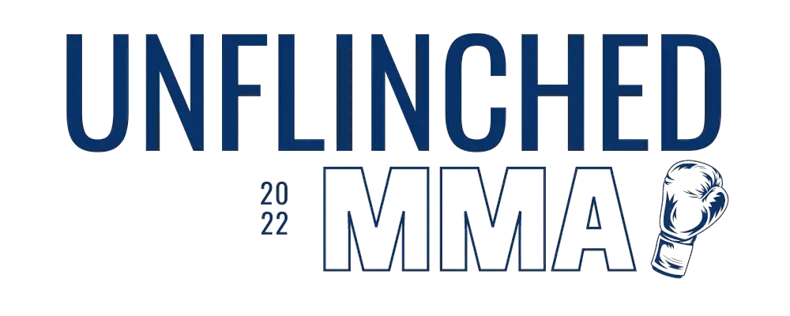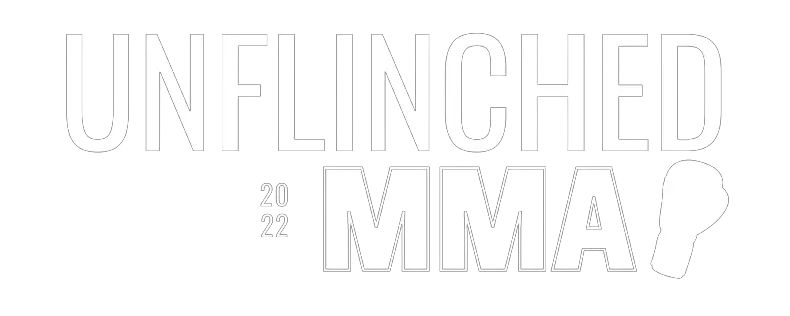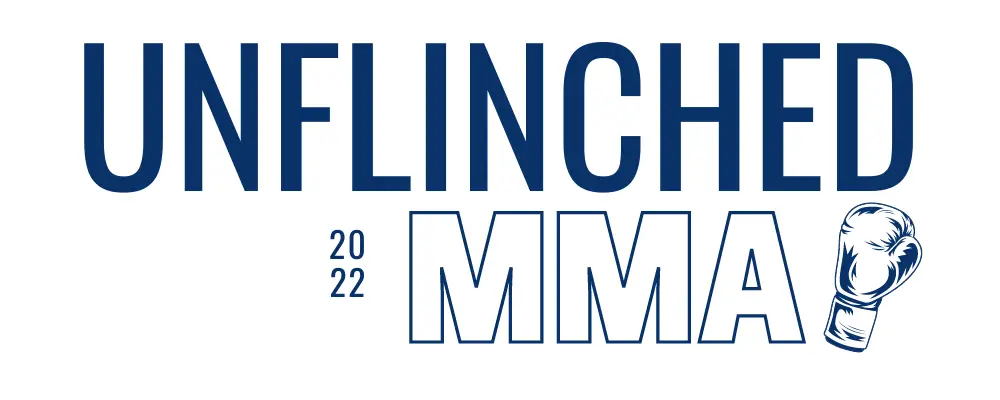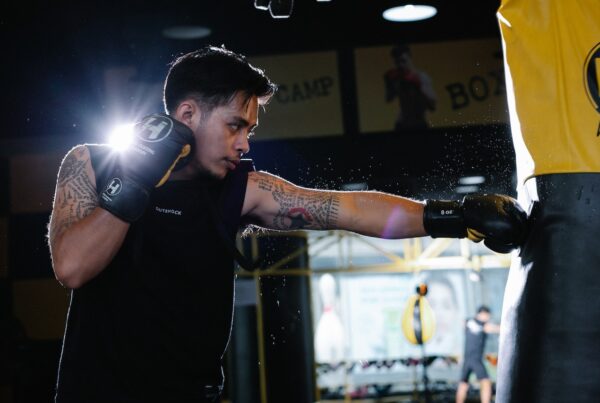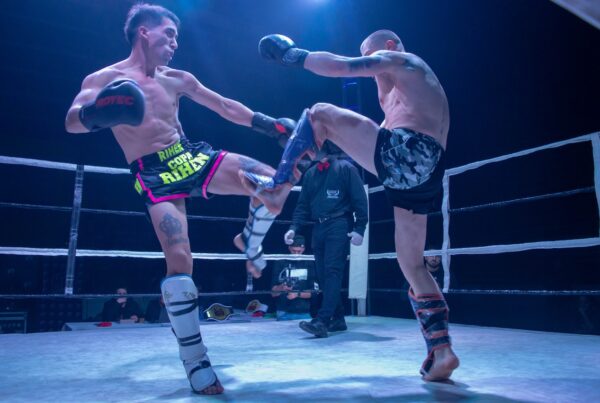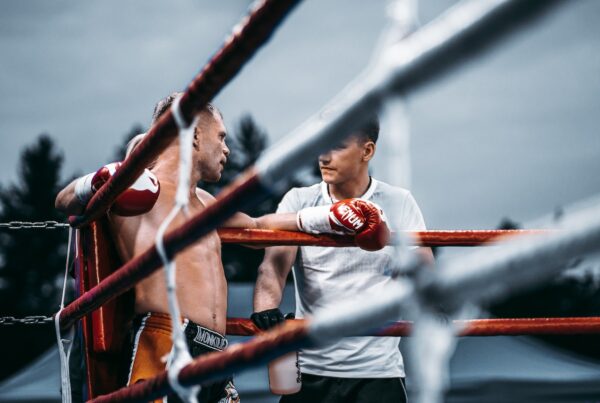Red vs blue in MMA(UFC) & Boxing signifies the two opposite corner posts. Each player represents one unique color post. This is done for the convenience of the referee. The referee will have it easier identifying the players with the assigned colors and will occupy the neutral corners himself.
Blue and red colours also help distinguish the fighters when fighting. MMA & boxing involves fast movement between 2 similarly built players.
So the spectators would have difficulty determining who scored the punch as the players kept moving around the ring. This is how these two colors became standard for the scorers to award points during a match.
As someone who’s obsessed with MMA, I’ve noticed that the champion will always walk out second on the stage and normally gets the red corner. In non-title bouts, the fighter with more name recognition gets the red corner and the newcomers will get assigned the blue corner. This color scheme is something that is found in various combat sports
Without further ado, let’s discuss the meaning behind the red and blue corners in UFC & Boxing, their relevance, and their formation.
Table of Contents
What is a Corner in UFC & Boxing?

Corners in UFC & Boxing represent corners of the players in the game. As soon as the round ends, the players return to their own corners in either blue or red. The corner stands as a marking position for the players.
Whenever breaks happen in between fights like in the event of a knockdown or a standing eight count, the player is supposed to move to a neutral corner, which is colored white. This color scheme is found in almost every combat sport.
This doesn’t end here. The corner consists of team members who assist and support the players throughout the game. This is how the term corner man made its way into boxing and UFC.
A corner man is an individual who is present with a fighter during his match to provide him with assistance. The activities carried out by the corner man will depend upon his relationship to the overall training and preparation of the fighter.
A coroner’s responsibilities involve less tactical, and strategic adjustments and more about the mental game. Fighters often need a fiery, motivational speech to get themselves pumped up and confident again. So, corners are there to inspire their fighters and put them in the ideal state of mind to deliver their best performances.
What Does Red and Blue Corner Mean in UFC & Boxing?
Red and Blue corners in UFC & Boxing represent two opposing sides of the match. The red and blue corners also signify the two stations where a fighter’s team ( coach, cutman) is located. They are opposite edges of the ring.
The other two corners are white or neutral corners. Red and blue have been usually found in many combat sports as they happen to be primary colors. Often in matches, the champion takes the red corner and the challenger takes the blue corner.
How is Red or Blue Decided in UFC & Boxing?
Red or blue corners are decided in UFC & Boxing by the promoters. In case of major bouts, the televising network often tells the promoter which fighter it wants in which corner. With undercard bouts, it’s the promoter’s call.
Televising networks like ESPN, USA Network, and HBO are famous for demanding favoured fighters to sit in certain corners. This makes them easier to capture players on camera between rounds.
There is also this unsaid rule regarding the assignment of corners to players. Usually, the champion takes the red corner and the challenger takes the blue corner. The challenger walks out first and the champion walks second, forcing the other player to wait for him.
Many fans associate this as a sign of the champ claiming his ground, in his cage, his kingdom. But that’s just a perception. This winners-corner losers-corner apparently extends to even dressing rooms with all of the favored undercard fighters in one big room and the designated losers in another.
Many promoters have criticized this action and requested a change in the system.
Can You Fight Without a Corner in UFC & Boxing?
You can fight without a corner in UFC or Boxing. However, It’s not recommended. This is because the corner gets to watch the action from a different angle, allowing them to see things the competitor in the cage may be too close to notice.
It also helps when the player goes to the ground. When the two fighters are grappling, corners can see what the opponent is setting up, while their athlete has an obstructed view.
The UFC allows two people in the corner of the fighter during a game in the octagon. In boxing, three cornermen are allowed in the fighter’s corner.
Corners are there to provide you guidance on your mistakes and dangers. So, having them by your side is a great idea and shouldn’t be avoided for a better game.
How Many People Do Fighters Have In Their Corner?
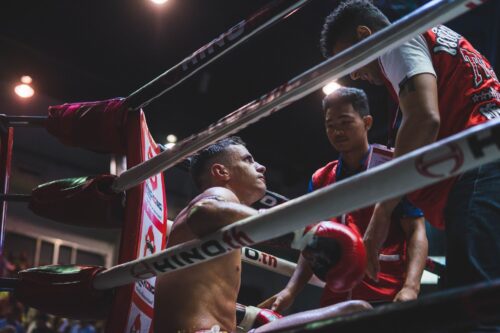
Fighters will have three people: two trainers or teammates, and one cutman in the corner in UFC. Of those 3, one of them will be the cutman employed by the UFC (So only 2 people are allowed for your corner).In Boxing, there are 3 people: the head cornerman(trainer), the second cornerman(assistant cornerman), and the cut-man.
As MMA involves a combination of various disciplines, a fighter will usually have one grappling coach and one striking coach with them between rounds. In boxing, the head Cornerman adjusts the fighter’s game plan between rounds.
The 2nd Cornerman gives the fighter water, washes off the mouthguard, and wipes sweat off the fighter between rounds. The Cut-Man prevents facial bleeding, or swelling and applies petroleum jelly to any abrasions between rounds.
FAQs
Q: What Do The Red and Blue Gloves Mean in UFC?
The red and blue gloves indicate the red corners and blue corners in UFC. The champion will normally get assigned to the red corner and the challenger to the blue corner.
The higher ranked or more well-known fighter gets the red corner and the lower ranked fighter gets the blue corner. The respective gloves represent the corner that they are assigned to.
Q: Is the Red Corner the Challenger?
The red corner often happens to be the champion. The challenger, on the other hand, gets the blue corner. The red corner is famous for having established or veteran players and will come out second during the game.
